All the right turns
Four top Walmart FLW Tour pros weigh in on some of tournament fishing’s toughest on-the-water decisions
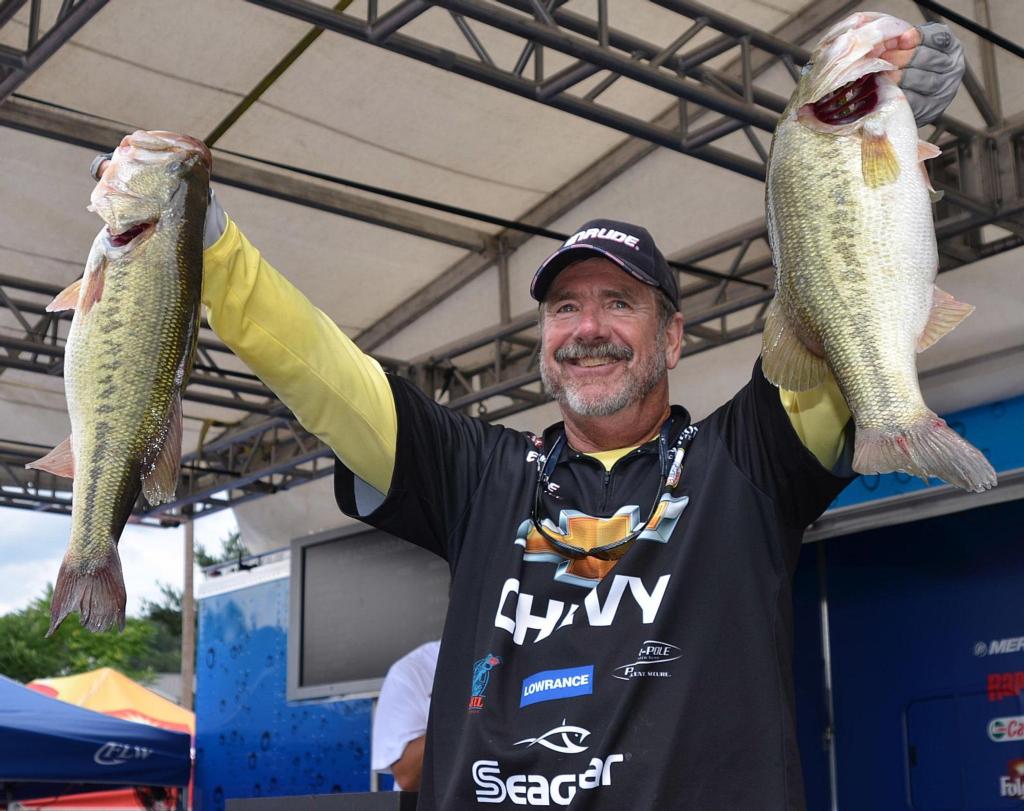
(Editor’s note: This article originally appeared in the 2013 August/September issue of Bass Fishing magazine. To read more compelling articles from Bass Fishing magazine each month, become an FLW subscriber member. If you’d like to sign up for a digital subscription to access articles online, click here).
Tournament fishing isn’t just about catching fish. It’s about making sound decisions based on experience and applying the proper strategies to make good things happen when they count the most. Of course, sometimes it’s just about trusting your instincts.
To learn more about the craft of tournament decision-making, we recently threw a few questions based on common tournament-fishing scenarios at Walmart FLW Tour pros Larry Nixon, Jim Tutt, Brett Hite and Andy Morgan, a group that has earned a collective $4.6 million and 113 top-10 finishes in FLW competition. They offered some insight on how they would approach those scenarios.
Q&A with the pros
How long will you spend fishing an “area” without a bit before moving on?
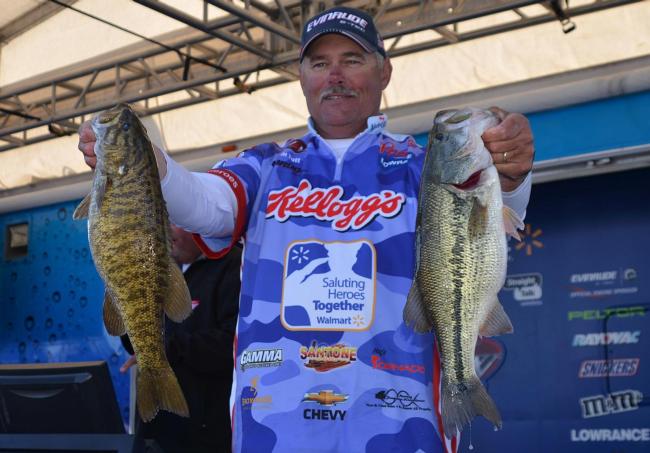 Jim Tutt: “I typically won’t stay longer than 30 minutes in practice. In a tournament situation, I might spend a couple of hours trying different baits or working different parts of the water column if I have confidence there are fish there.”
Jim Tutt: “I typically won’t stay longer than 30 minutes in practice. In a tournament situation, I might spend a couple of hours trying different baits or working different parts of the water column if I have confidence there are fish there.”
What are some things you do to search for fish that other anglers might not have found?
Andy Morgan: “A lot of it hinges on how well I know the body of water and how well I know the fish population in that body of water. I don’t really do anything different than anyone else. I just push hard and cover lots of water.
If we are on a super good lake, there is still going to be a decent fish population in areas that are not as popular as others. In that type of situation I might lay it out on the line and run a little farther to get to those areas to try to get away from the crowds.
If we are on a lake that doesn’t have a great fish population, I might hang around a little closer to takeoff and grind it out in areas that are more well known or those that have a lot of release fish.”
When will you revisit a spot every day in a four-day event?
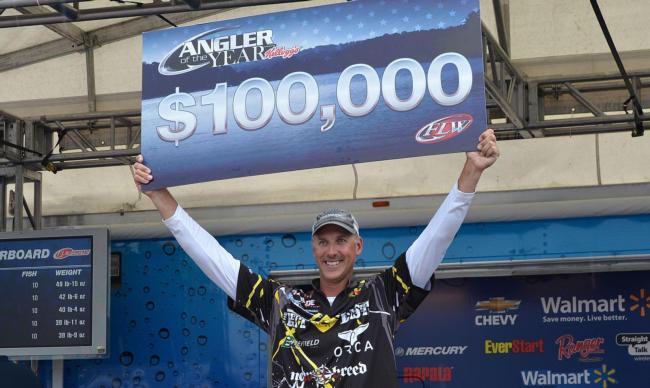 Andy Morgan: “It depends a lot on the conditions or the time of year. If the fish are pulled up on the bars (ledges), it’s a good idea to be there when the wind or dam system is pushing current. If the prespawn or spawn is rolling into play, you need to hit spawning areas a little more strategically during the afternoon hours, and after the weather warms up.”
Andy Morgan: “It depends a lot on the conditions or the time of year. If the fish are pulled up on the bars (ledges), it’s a good idea to be there when the wind or dam system is pushing current. If the prespawn or spawn is rolling into play, you need to hit spawning areas a little more strategically during the afternoon hours, and after the weather warms up.”
How do you cope with crowds of other anglers? Will you leave to try to find something on your own or stay and grind it out?
Larry Nixon: “If I know there are fish in a crowded area and they are the only fish I have found, I’m going to stay with them. I might try different lures or tactics than everyone else. I’ll also watch where everyone else is spending their time, and when they leave I’ll give those areas a little time to calm down. Then I’ll ease in there when nobody is around.
If it’s a one-fish pattern, I’m going to abandon that ship and go try to locate water that everybody isn’t rotating on – something in a creek or away from the main lake. A steady rotation on brush piles is not a good deal unless you’ve got some current that causes the fish to turn on. If they turn the water loose and I’ve got some brush piles where I’ve had bites, I’ll definitely go hit them again.”
What situations make you confident you can catch five in a tournament when you’re only getting a few bites in practice?
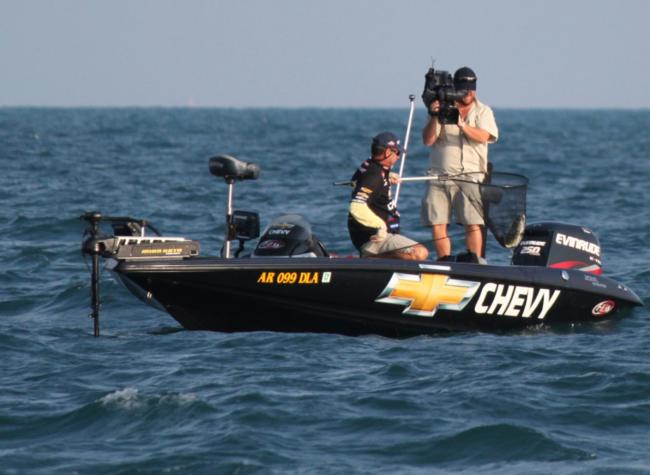 Larry Nixon: Anytime a tournament sets up for my style of fishing. If the fish are offshore, holding around stuff you can’t see, I’m comfortable going out there and fishing all day, even if I only got a few bites in practice.”
Larry Nixon: Anytime a tournament sets up for my style of fishing. If the fish are offshore, holding around stuff you can’t see, I’m comfortable going out there and fishing all day, even if I only got a few bites in practice.”
How long will you fish an offshore spot without a bite before leaving?
Larry Nixon: “If I’m not getting any bites or seeing any activity on my depth finder for 20 to 30 minutes, I’ll usually move on and hit the spot at a later time, with one exception: If everyone else is fishing deep and I know the spot is a good one, I’m going to camp on it and wait them out. If you leave a good spot, chances are you won’t get the opportunity to get back on it in a tournament like that.”
How many fish do you need to catch from an area in practice to rule it in play in a tournament?
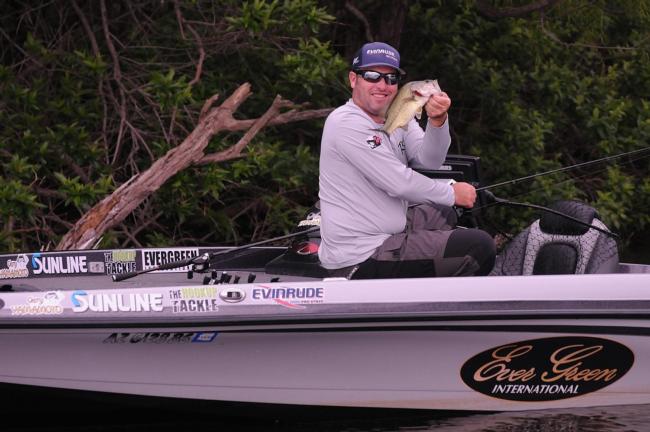 Brett Hite: “That depends on the lake and the type of tournament it will be. Will it be a slugfest, or will it be a tough, finesse-style tournament? On a lake like Guntersville, where you need 5-pounders, I am going to catch as many fish from an area as I can until I catch the size of fish I feel like I need in order to do well. On a lake like Beaver, where 2-pounders are good, I will consider a spot worthwhile if I only get a couple of bites.”
Brett Hite: “That depends on the lake and the type of tournament it will be. Will it be a slugfest, or will it be a tough, finesse-style tournament? On a lake like Guntersville, where you need 5-pounders, I am going to catch as many fish from an area as I can until I catch the size of fish I feel like I need in order to do well. On a lake like Beaver, where 2-pounders are good, I will consider a spot worthwhile if I only get a couple of bites.”